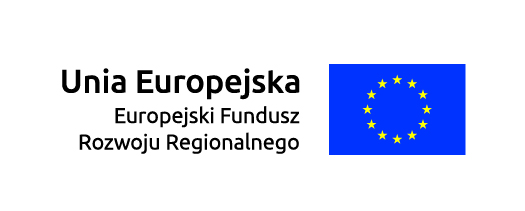Overture to the opera "Czaromysł, książę słowiański, czyli nimfy jeziora Gopło"
for piano
In the castle in Kruszwica old Popiel lived
Who was punished justly for his crimes.
And although it is strange, everybody believes
That small mice ate the king in the tower.
Czaromysł, książę słowiański, czyli nimfy jeziora Gopło (Czaromysł, a Slavic Duke, or Nymphs of Gopło Lake) is a one-act singspiel by Karol Kurpiński with a magical topic to the libretto by Alojzy Ziółkowski, referring to the popular legend about king Popiel. The premiere of the opera took place on 27 March 1818 in Warsaw. The author of the libretto was an actor: an outstanding comedian, the master of making contact with the audience, but also playwright, translator, poet and publicist.
In the rich and diverse output of Karol Kurpiński, the most popular works were operas. The composer aimed at highlighting the national features of Polish music of the first half of the 19th century in his pieces. In the field of composition he was self-taught, but he created his own musical style, which could be called a combination of Rossini’s music with national accents in the form of Polish rhythms and folk melodies. For thirty years, Kurpiński held the function of the conductor in the National Theatre and in 1824–1840 he was a director of the Opera in Warsaw. Thanks to him, this institution became a place that raised the audience not only in terms of music, but also in the spirit of patriotism, against the policy of Russia. It is worth mentioning that among twenty-seven operas by Kurpiński only nine have survived in a complete form, and, unfortunately, Czaromysł is not one of them. However, the overture in the piano arrangement from 1820 has been preserved. It was made for the Music Printing House at Miodowa Street in Warsaw by Walenty Katzer, an opera singer (ten¬or), conductor, composer and pedagogue.
In the overture the key role is played by two main themes: cheerful Allegro with a character¬istic rhythmic pattern, two semiquavers plus three quavers, and a calmer fragment with the dotted rhythm and triplets, which are repeated by the left hand. Rhythm seems to be one of the most impor¬tant elements of Allegro. It is indicated by the number of repetitions of the mentioned rhythm, which occurs as many as fourteen times in different keys, leading to a small cadence played ad libitum. The main themes are separated by the exalted and virtuosic fragments. Andantino is only an introduction to later culminations and does not return in the piece. Despite the fact that the composer does not use direct references to national dances, the inspiration by Polish rhythms and melodies can be found in many fragments of the overture.
Anna Miernik
translated by Jolanta Bujas-Poniatowska
- Series: Strumento
- ISMN 979-0-2740-3481-8
- Language of edition: pl, eng
- Number of pages: 20
- Cover: softcover
- No. of edition: 1
- Published: 2022
- Type: instrumental solo
- Size: N4 vertical (235x305 mm)






